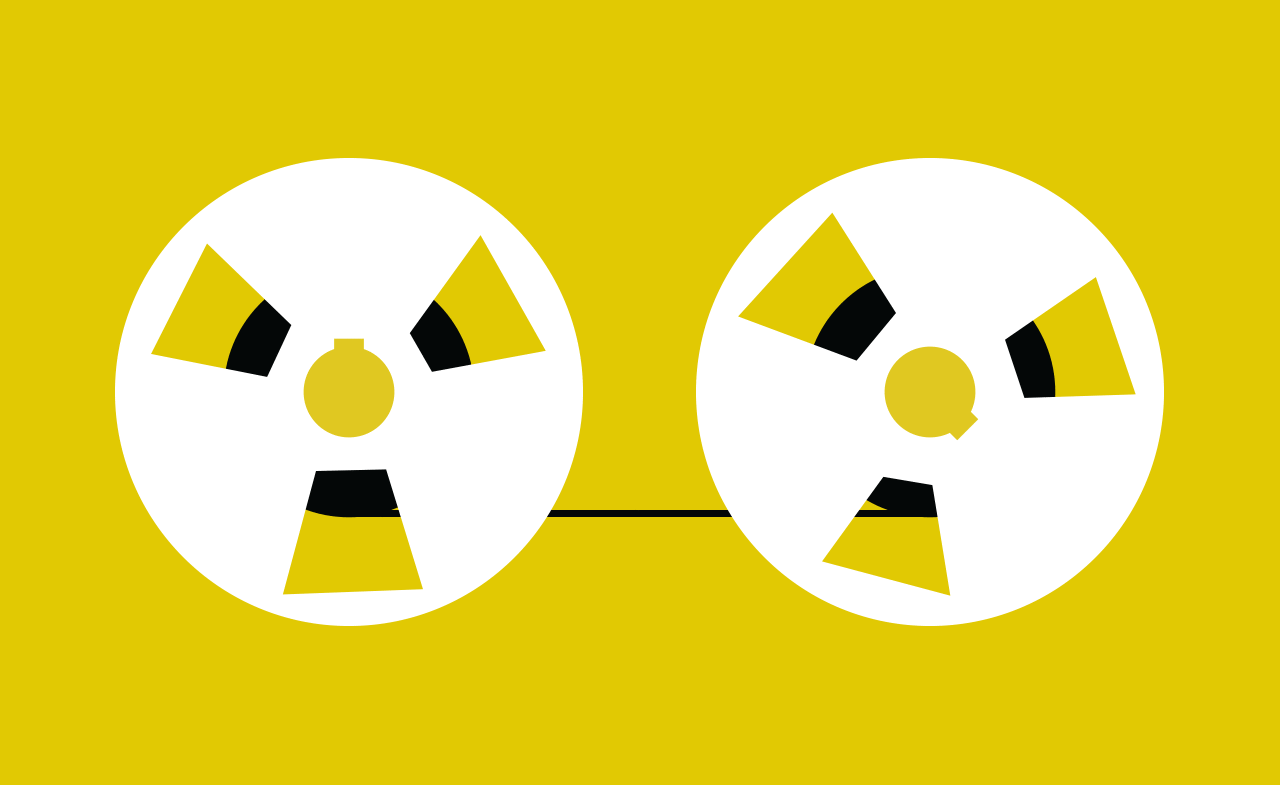Sales Discovery Calls should be part of the new product launch marketing plan.
The point of a sales discovery call is exactly that: to discover. You are attempting to either discover a sales opportunity or disqualify a prospect so as not to waste further time.
The aim of a sales discovery call should be to gain an understanding of the prospects’ requirements in order to determine whether you can assist them or not.
If you don’t bother to discover exactly what your prospects need, but continue to impart information on your products and services, you’re likely to be wasting both your time and theirs. All this time adds up, so it’s worth understanding how to execute a perfect sales discovery call.
This way, you maximize your time and free it up for those who are really interested in what you have to offer.
Here are the benefits you’ll get for your new launch marketing plan if you make successful discovery calls:
We all know very well that successful sales discovery can bring so much help to the business. Once you are able to execute it perfectly, you can expect to have certain advantages.
The customer profile allows you to define the needs and requirements of your target audience, which is what will give them a reason for buying from you rather than any other company. By asking successful sales discovery questions, you know what they want.
It also allows them to give feedback on whether or not they are satisfied with the responses given by marketing and development teams. This is an important step in successful sales discovery because it can help the company understand what they need to focus on for future products.
Well-executed sales discovery calls may lead to more sales because you make them feel that their opinions are important.
You will also be able to better determine sales strategy and figure out which sales tactics have the highest success rate.
If a sales discovery call goes well, then it can lead those who participated in the meeting into becoming loyal customers for life because you demonstrated honesty, integrity, and sincerity.
Now, it’s time for you to know what should be done to execute successful delivery calls.
Make sure to use these successful discovery call components for your new product launch marketing plan:
The nature of your conversation will be the deciding factor in whether you win or lose deals at the crucial moment. For instance, knowing exactly which questions to ask will lead your prospects to where you need them to be: open to further information, demonstration or purchase. There are other factors, of course, which should all be considered. Here are the steps necessary to make a success of your discovery calls:
1 Plan and Practice

Some planning is necessary before you make your calls. Otherwise, you’re going to be winging it, and you won’t be ready for any curveball questions thrown your way.
Your prospect is likely to be aware that you’re going to try to sell them something, so their guard will possibly be up and they may pose challenging questions for you to answer.
Depending on your prospect’s position and potential requirements, think about the kind of questions they may ask you.
Decide on the kind of answers you’ll give to these questions. Also, think about the language you’ll use – keep it positive and friendly and drop any tendency to convince.
When you are ready, practice these with an experienced team member or manager ahead of your calls.
When you get around to calling, first let your prospect know exactly what your intention is: you want to understand their circumstances and potential needs.
Take the pressure off by letting them know that there is no obligation to continue the discussion at the end of this initial exploration, but that you’re happy to schedule another chat or demo if they are interested.
2 Ask the Right Questions
The kinds of questions you ask will make or break your call. Ultimately, all they’ll be thinking about is whether or not your product or service is worth considering.
Firstly, you’ll need to find out how useful your product or service will even be for them; therefore, finding out what they’re planning in terms of team or business growth for the year ahead makes sense.
Try to discover what issues they are currently facing and what plans they have to resolve them. At this point, your product or service might start to seem more appealing. The hardest questions to ask are those that will push the idea that there’s some urgency in buying your product or service.
For instance, let’s imagine your business is selling training programs. You might ask what challenges your prospect is facing when it comes to hiring and training new employees within the business’ time constraints.

(Source: Gong.io)
You could ask something that highlights the revenue your prospect is missing out on. For example, “How much revenue do you think you could be forsaking by not having a regular training program in place for your employees?”
Questions that highlight the need for your product or service are harder to ask as they’re a little more obvious in nature, but they must be broached in some way.
So, it’s a good idea to ask questions that highlight potential increases in revenue if they were to bring on board your idea, product or service.
3 Tell Stories
Stories are great as they help your prospects to relate to the characters within them. When you can give examples of similar challenges and how you helped to resolve them, your prospects are more likely to listen.
Essentially you’re giving them testimonials, but the way you do it is important.
You won’t want to talk too much about benefits and features, as that’s too obvious and matter-of-fact. Talk about the problem your previous client faced and how your product or service was able to resolve it effectively.
Talk about the problem your previous client faced and how your product or service was able to resolve it effectively. Share on XA good way to do this is to bring up a case study; one that is ultimately a success story of how your product or service helped someone through a challenge.
For example:
“When I was working with client A, they were struggling with the fact that their sales representatives were giving inconsistent advice and information to customers, thus losing sales. After our one week training course, 85% of the operatives hit their sales targets for the first time in three months.”
You can follow this up with a leading question like, “How many of your sales representatives could benefit from a knowledge upgrade and what impact do you think that might have on your monthly turnover?”
If you can tell a great story and follow up with a leading question about the prospect’s own experience with this scenario, you can open the conversation to how your product may help with their particular circumstances.
4 Close the Deal or Get Your Foot in the Door
In order to close the deal, you are going to have to summarize the value your product or service has for your prospect.
This approach is more direct, and assumes there is interest in your product or service. You can end the call with a kind of conclusion on how your product or service will work best to resolve the challenges you discovered during the call.
Confidence is very important here, whereas pushiness is a no go.
Another option is to reaffirm the challenges they mentioned, as a reminder that your product and service could be necessary.
You can highlight your capacity for solving them by simply offering a demonstration of your product or service, or a future presentation on how you dealt with those exact challenges elsewhere. This should open up the diary for a later close.
5 Record Your Calls

Recording calls is a smart move. For one thing, it helps you to retain information that may be forgotten as the conversation flows. Furthermore, with hindsight, you can see what worked and what didn’t; what opened up your prospects, and what made them retreat.
The problem with making notes is that a) you may not be able to make sense of them later, and b) while you’re writing, you are probably missing other things your prospect is saying.
With recordings, you can pick up nuances and subtleties in the conversation that will be a lot of use to you for future calls.
When you have this kind of data at your fingertips, you can analyze it in various ways to review the success (or otherwise) of your calls. This is bound to improve your communication. There are also various conversational intelligence platforms that help you to do this without having to spend hours combing through conversations.
This is great for monitoring service, solving disputes, maintaining compliance, verifying orders, and of course analyzing the conversations to make improvements.
If you make call replay and analysis part of your daily agenda, this will help to improve calls ongoing. Hone in the key moments in the calls, involve peers in the analysis and share the insights with everyone who can benefit. It’s also a good idea to listen to your last call with a prospect before calling them again — you’ll seem much more on the ball that way.
Conclusion
It takes careful planning and preparation in order to execute a successful sales discovery call. You must consider the possible scenarios thrown at you and have already come up with some sturdy solutions.
It takes careful planning and preparation in order to execute a successful sales discovery call. Share on XPre-briefing your prospects with an agenda or some objectives for the call will loosen them up, and asking the right questions will pinpoint requirements and lead prospects to a close or future appointment. Don’t forget to tell a few success stories and record your calls for future improvement, and you’ll be a master of sales discovery before long!
Want to help contribute to future articles? Have data-backed and tactical advice to share? I’d love to hear from you!
We have over 60,000 monthly readers that would love to see it! Contact us and let's discuss your ideas!

